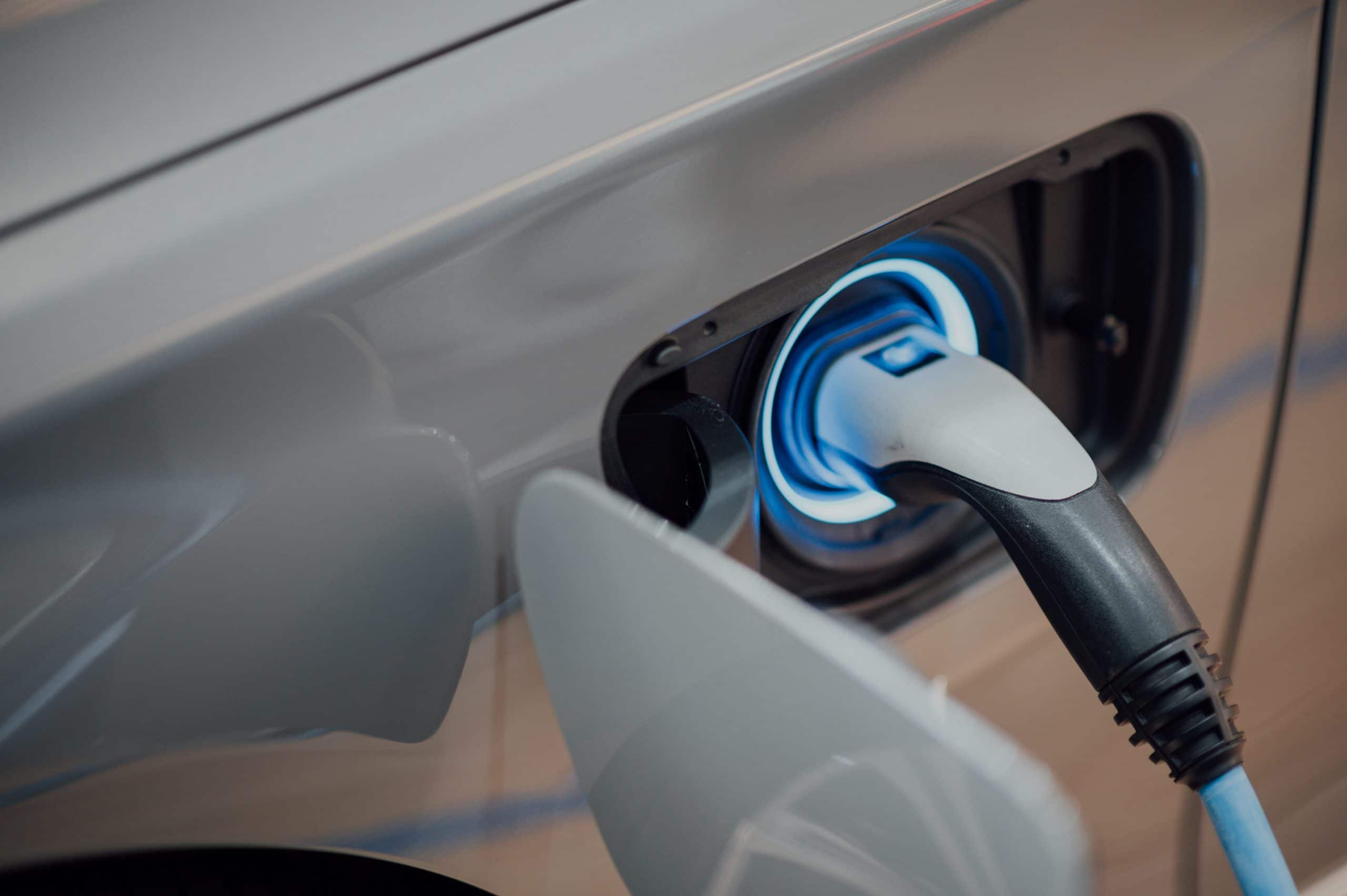The recently published ICF Grid Readiness Report commissioned by Natural Resources Canada (NRCan) identified the Best Practices for the leading Canadian utility companies and system operators to follow in preparing the grid transmission for electric vehicle charging.
We know that EV adoption is critical to decarbonizing energy. The Awesense Digital Energy Platform provides the vital link to enabling the digitalization needed to promote decentralized energy and utility decarbonization. The platform was developed specifically for distribution utilities and directly allows for implementing the best practices listed in the NRCan report. The comprehensive data ingestion and modelling capabilities of the Energy Data Model (EDM) make it ideal for tackling modern utility problems, including the challenge of getting the grid ready for the massive wave of EVs coming down the pike. The section below demonstrates the alignment of the Awesense Platform with NRCan-recommended best practices for the Wholesale/Grid Transmission.
NRCan-Recommended Wholesale/Transmission Systems Best Practices
- Forecasting EV Demand. Improving the ability to forecast annual and peak-coincident demand for electricity with EV charging loads
Accurate load forecasting is crucial to managing growing distributed generation (DG) capacity with the influx of EV chargers, especially the challenges associated with forecasting peak electric power demand. The comprehensive reporting of distribution grid conditions requires a robust data foundation, particularly data organized in a centralized, aligned and cleansed data layer. The EDM provides this critical data layer, accommodating all necessary data for reliable, fast calculation of peak and non-coincident peaks.
- TOU Rates. Exploring and piloting TOU rates.
Time differentiated rates are essential to maintain equitable access to energy in larger markets. Dynamic pricing de-risks producers when providing power, and consumers pay less for off-peak power. Establishing well-aligned time-differentiated rates requires significant preparation, including analyzing a rate’s consumer impact. Such an impact assessment needs data modelling, including integrating data from the Customer Information System (CIS) and Billing System. The Awesense Platform accelerates this process, overlaying, synching and exposing the desired electrical grid data.
- EV Adoption. Developing better visibility into local EV adoption, including the number, types, and location of EV adoption on a utility’s distribution network.
In a field enterprise populated by dispersed, interconnected assets, accurate GIS data is necessary for grid visibility. With growing EV adoption, more and more mobile assets will interact with the local grid, and concise GIS synchronization with charging stations (in time and space) will enable greater visibility and management of EV charging demand. Our Data Engine synchronizes data to produce a data layer consisting only of geospatially and time-synchronized data.
- EV Load Profiles. Looking for better data to refine EV charging load profiles.
When data quality is not up to standard, we experience that adage: “Garbage in, garbage out.” However, a robust data cleansing and validation engine that refines EV data to improve quality can estimate more accurate load charging profiles. While accessing individual load profiles has become increasingly common, producing load profiles at regional, substation or feeder levels remains a relatively new concept. The data access APIs of the Awesense Platform enable the generation of an EV charging profile for any period and geographical area.
- Interoperability. Maintaining interoperability between both the wholesale and distribution sides of the transformer substation.
Grid visibility based on better data enables greater connectivity between operations at all levels – Generation, Transmission, and Distribution allowing for better decisions across the system. However, managing effective data exchange is inherently complex, presenting challenges to grid management, especially so for large, vertically integrated utilities. The APIs on the Awesense Platform facilitate the creation of a data exchange stream, eliminating problems associated with data interoperability from either side of the substation.
The final blog in this series, 7 Ways The Awesense Platform Prepares the Distribution Grid for EVs, demonstrates the alignment needed to make these best practices a reality.
Blogs in this series:
- 12 Best Practices for Implementing Electric Vehicles Into The Grid
- 7 Ways The Awesense Platform Prepares the Distribution Grid for EVs
Interested in finding out more about The Digital Energy Platform? You can contact us via our website or directly at sales@awesense.com.




